You can contact LEARNZ, part of CORE Education, at:
Postal Address:
PO Box 13 678,
Christchurch 8141,
New Zealand
Kia ora koutou,
To save a rare bird such as the kōkako people must work together. The Pirongia Te Aroaro o Kahu Restoration Society relies on the help of lots of different people. Today you were welcomed on to Pūrekireki Marae to meet some of these people.
Kaumātua Tom Roa spoke to you about the connection iwi have to Mount Pirongia and kōkako. He explained that the call of the kōkako had disappeared from the maunga and how much its beautiful song was missed. Since the start of the restoration society iwi have been involved in helping to restore Pirongia and it is a dream come true to be able to bring kōkako back. It is hoped that in the future the call of the kōkako will be heard loud and clear across the mountain as kōkako numbers grow. The society was named after the traditional name of Mount Pirongia; Te Aroaro o Kahu, which means the scented presence of Kahu (a tohunga's wife). This name reflects the importance and history of the mountain. You can watch the video about this.
You also met Haupai Puke who talked about the work that iwi have done with the society and how people have worked together to raise funds, awareness and respect for Mount Pirongia. Te Rita sung a waiata “Te Kōkako” composed by the well-known Māori artist Hiriini Melbourne. You can watch the video to find out what this song means. After speaking to Georgie and Maria you realised how much they valued kōkako and how much joy it has brought them to see kōkako brought back to their maunga. It wasn’t easy to bring these birds back because they not only had to be found and caught but they also had to have permission from Pureora iwi to catch the birds. You can find out more in the video.
Back in the 1990s when kōkako were removed from Pirongia some birds were taken to Pukaha Mount Bruce wildlife centre where they could breed. Some of the offspring from these birds were later taken to Tiritiri Matangi. The next stage in bringing kōkako back to Mount Pirongia involves bringing some of these birds from Tiritiri Matangia back to their original home. Maria talked about how rewarding it was to get to this stage. Watch the video about this.
The ghostly song of the kōkako gives this bird a special character and status and the bird was often thought of as sacred. Tom talked about how King Tawhiao had laid down his weapons in a sign of peace in 1881 ending the Waikato Land Wars. With these weapons King Tawhiao laid down roasted kaka, tui and kereru as an offering of food. He also offered kōkako. Kōkako from different areas have different songs and cannot understand each other. King Tawhiao offered kōkako to show that when people come together they can learn to understand each other’s language and live in peace. The first two kōkako released on Mount Pirongia were named Rongomau and Rongomai which also means peace.
You left Pūrekireki Marae with a much better understanding of the importance of Mount Pirongia and kōkako and headed to Te Awamutu to complete the last web conference. You met Clare and headed to Waipa District Council to meet with Tony Roxburgh. Tony worked for the wildlife service back in the 80s and 90s and helped catch kōkako. Tony talked about how much these birds were struggling and how few female birds were left on Mount Pirongia. Introduced predators such as possums attack kōkako chicks and the female who stays on the nest. This led to far more male birds than female birds, making the population less able to reproduce. Tony helped catch kōkako from Pirongia so they could be taken to sanctuaries and predator-free offshore islands. Tony explained that it was so rewarding seeing kōkako numbers recover and being able to bring them back from near extinction.
You ended the field trip with a web conference with Karori Normal School and Cambridge East School and heard about how the South Island kōkako is now thought to be extinct. Thankfully the North Island kōkako has lots of people working together to ensure it does not face the same fate. It has been a very special week and I feel privileged to have got so close to a unique bird. I hope you have enjoyed the field trip and are inspired to help with a conservation project in your own area.
See you on another field trip soon,
Shelley the LEARNZ field trip teacher.
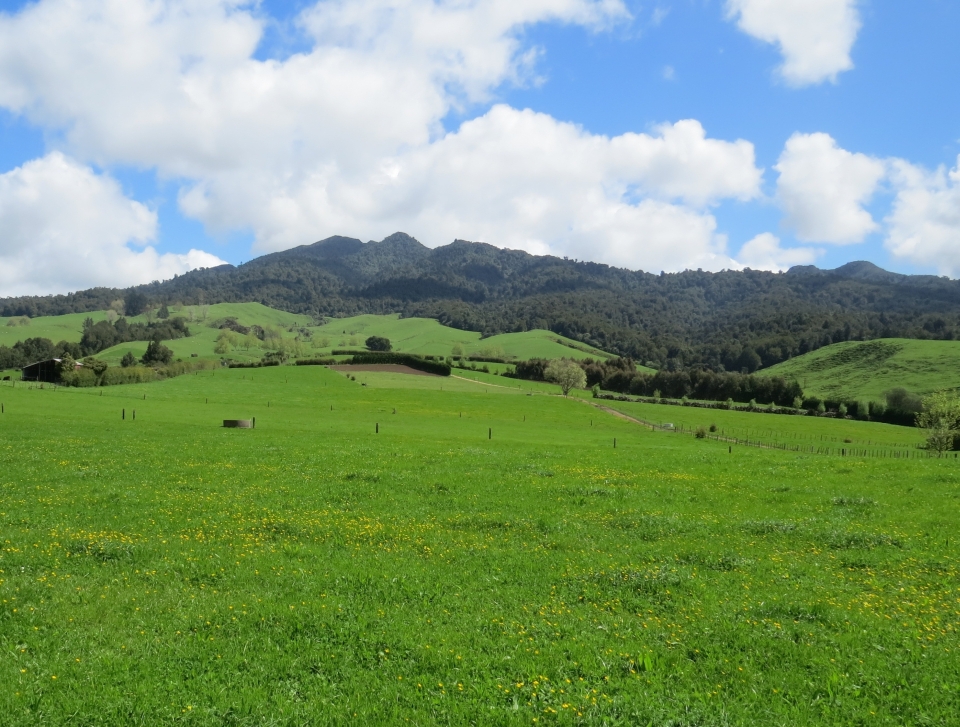
It was a stunning winter's day in Pirongia today. Image: LEARNZ.
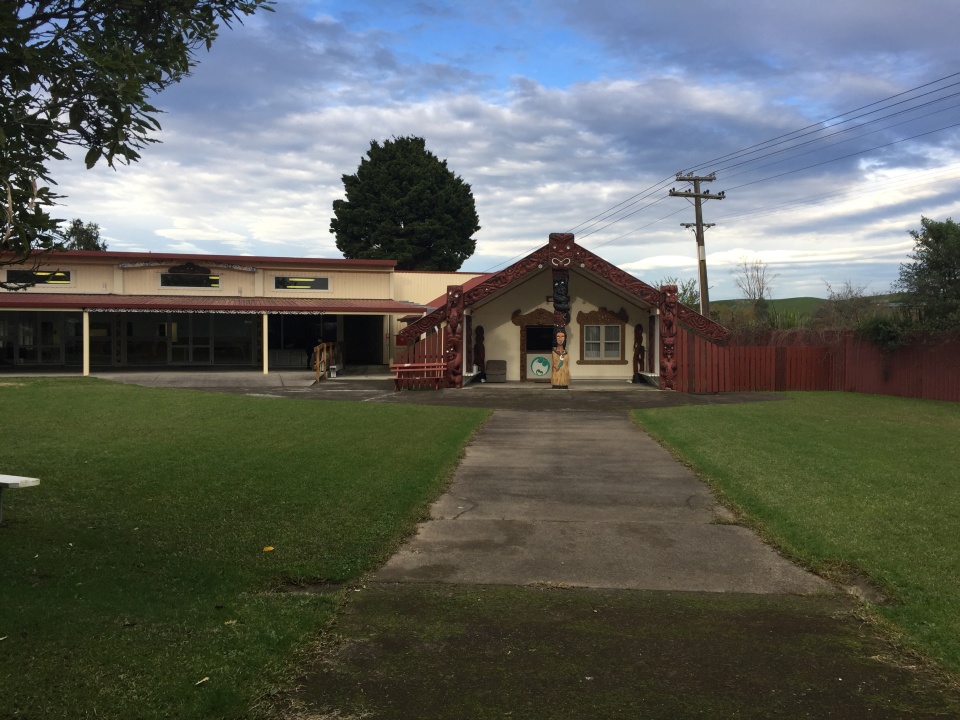
Welcome to Pūrekireki Marae in Pirongia. Image: LEARNZ.
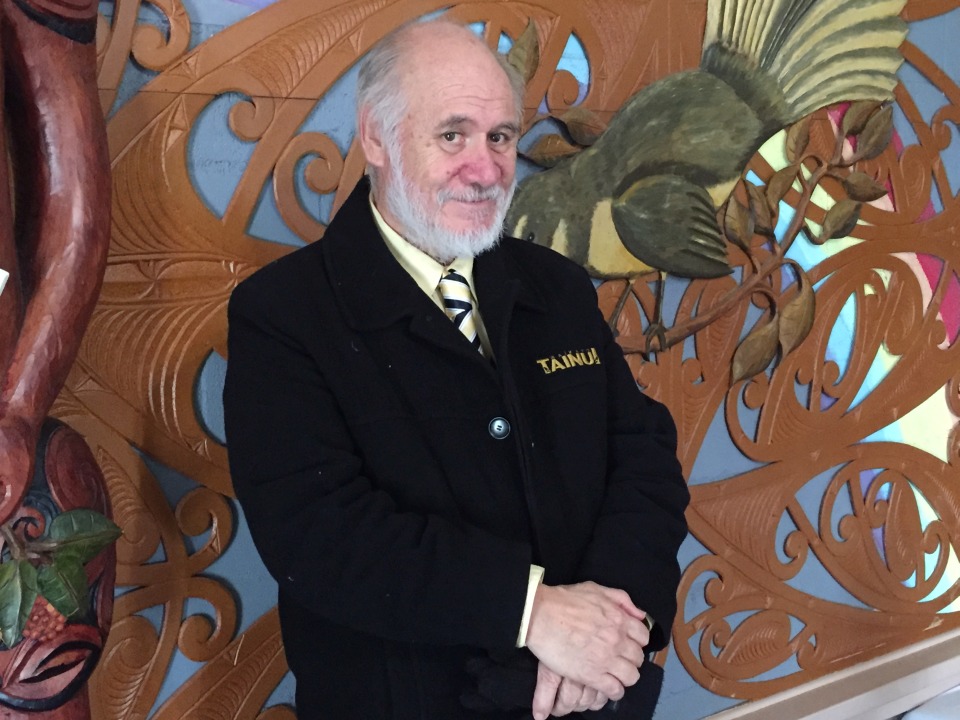
Kaumātua Tom Roa tells you about the importance of kōkako and the work of Te Aroaro o Kahu Restoration Society. Image: LEARNZ.
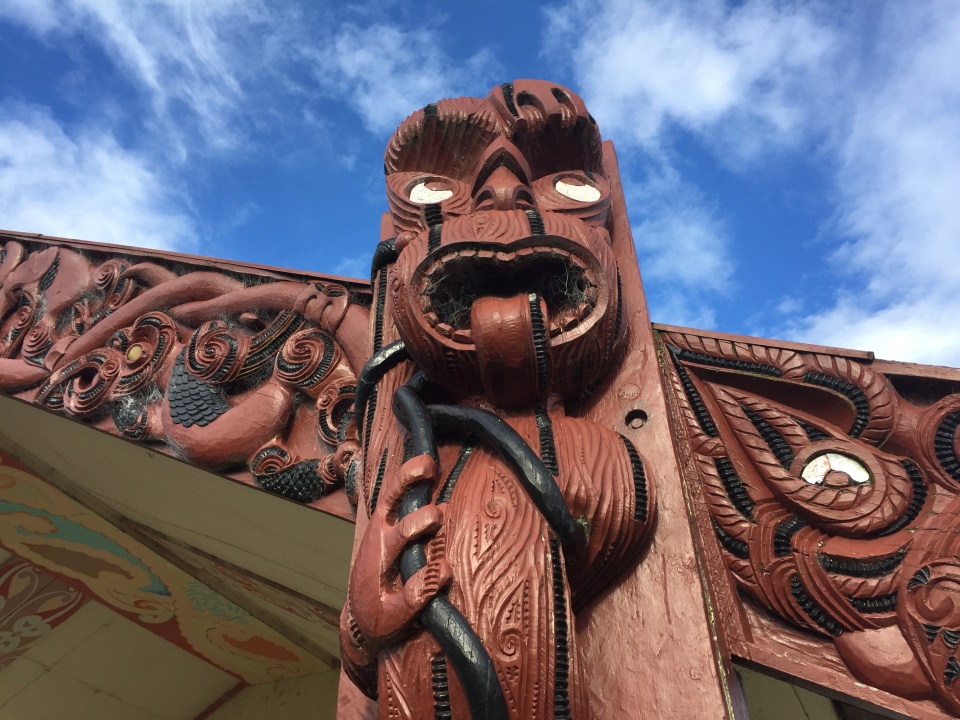
A carving of Tāne on the wharenui looks out towards Mount Pirongia. Image: LEARNZ.
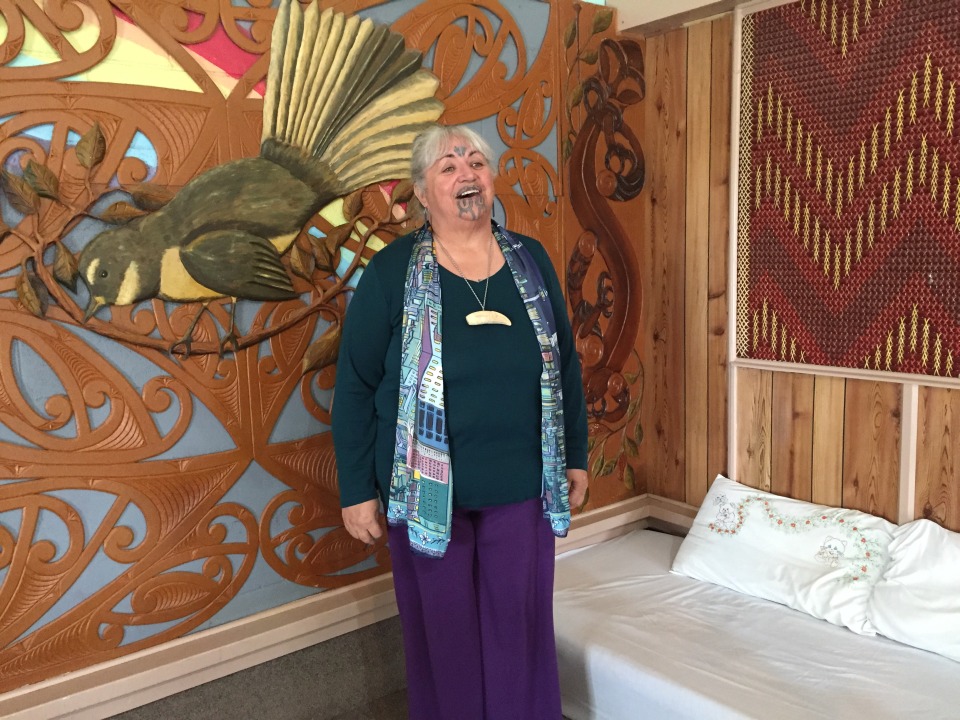
Te Rita sings the waiata Te Kōkako in the wharenui at Pūrekireki Marae. Image: LEARNZ.
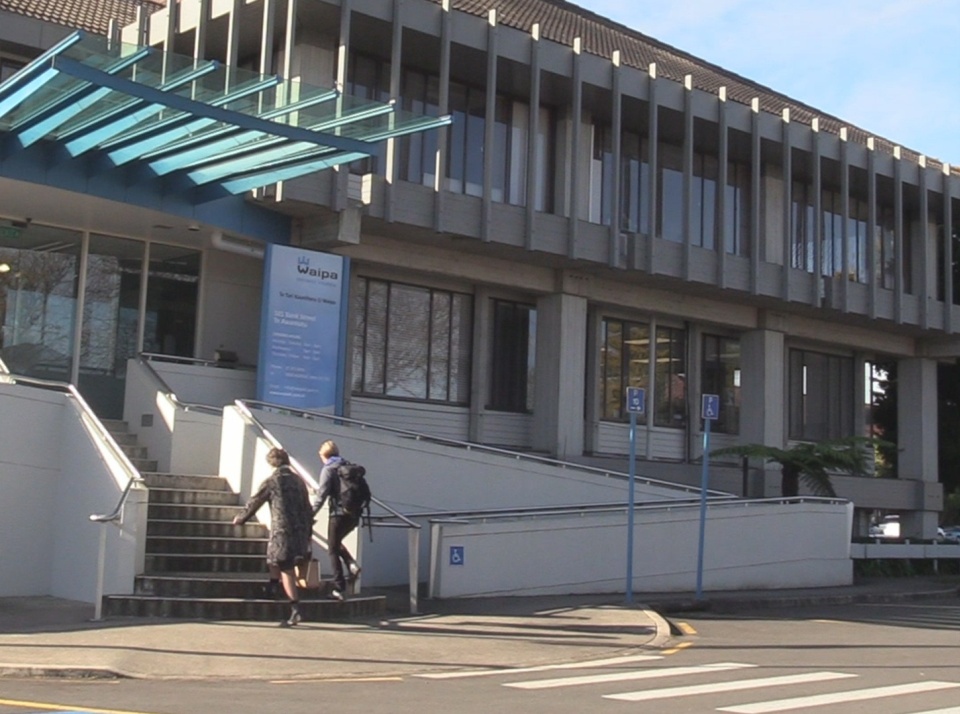
Clare and Shelley visit Waipa District Council to talk to Tony Roxburgh about his work on kōkako. Image: LEARNZ.
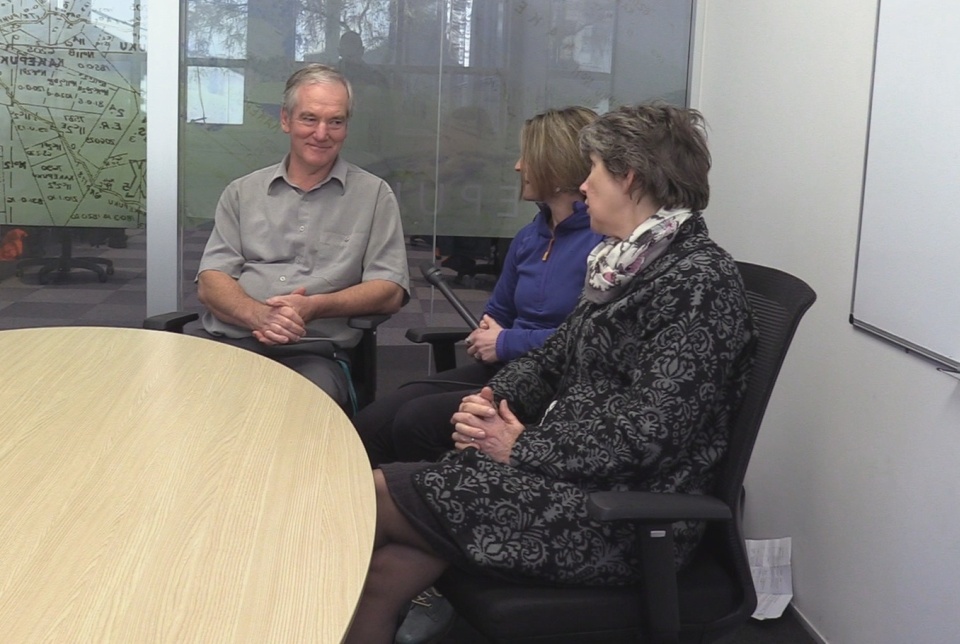
Tony Roxburgh explains to Shelley and Clare how he helped move kōkako from Mount Pirongia back in the early 1990s to save them from introduced predators. Image: LEARNZ.
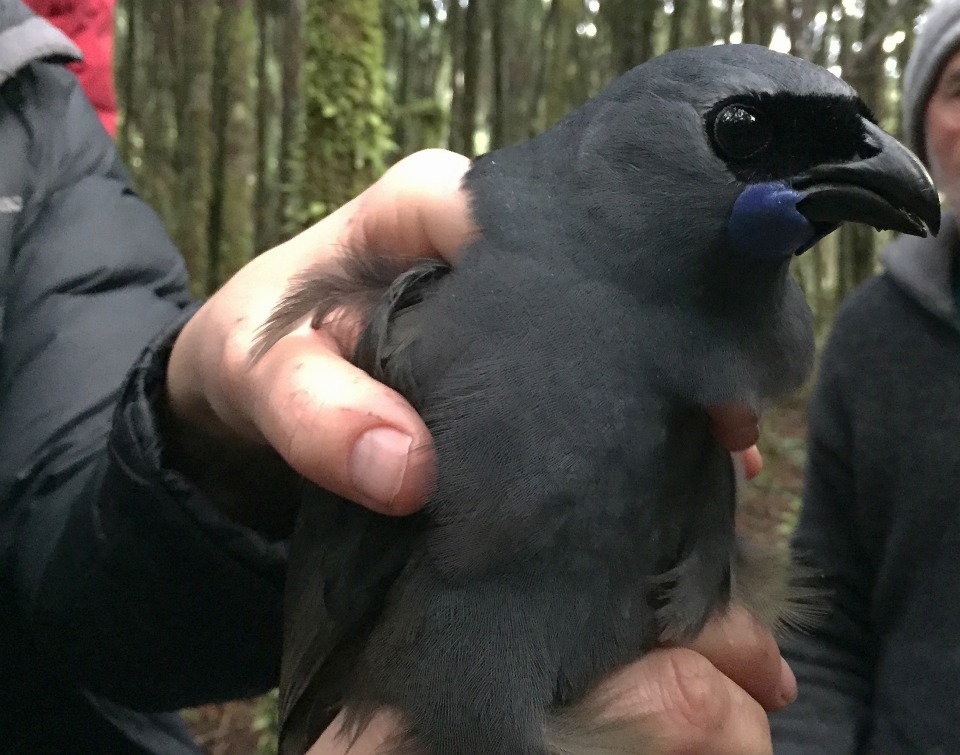
It has been an amazing week finding out more about kōkako and how people working together can help restore our environment. Image: LEARNZ.